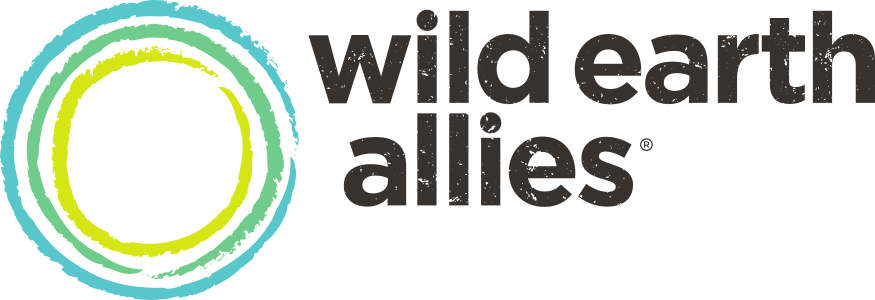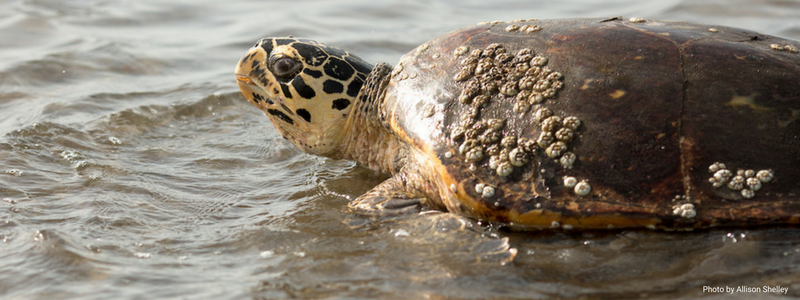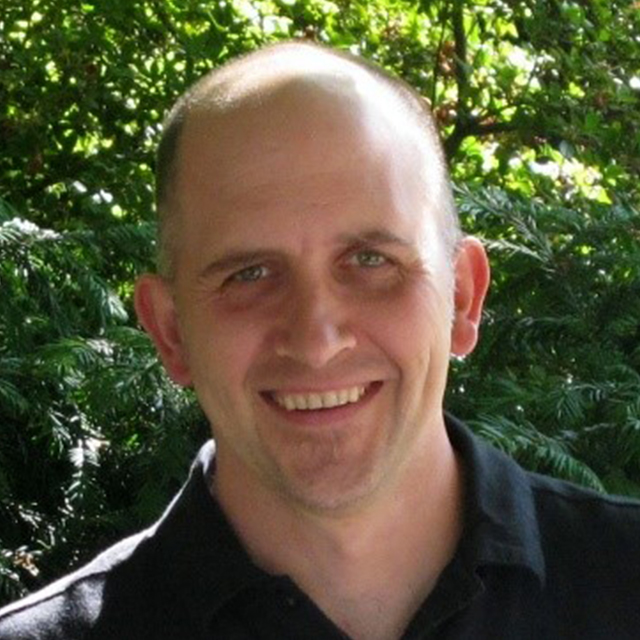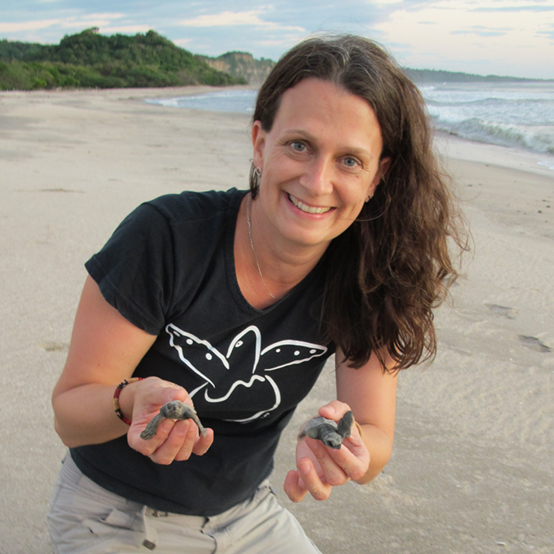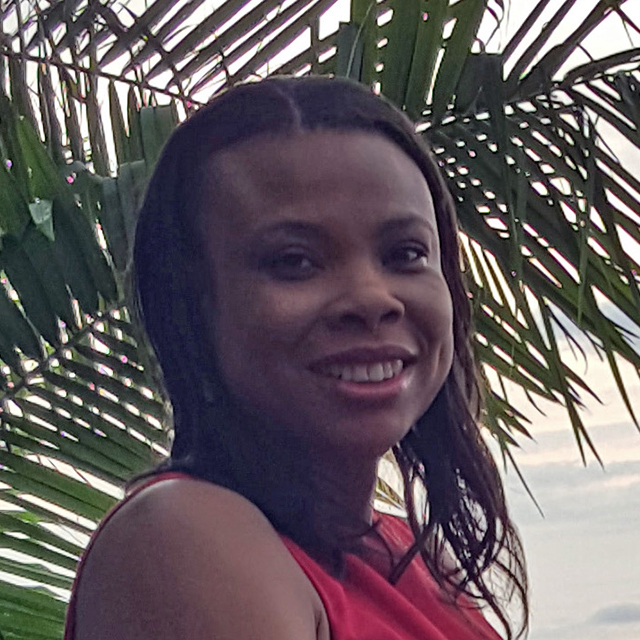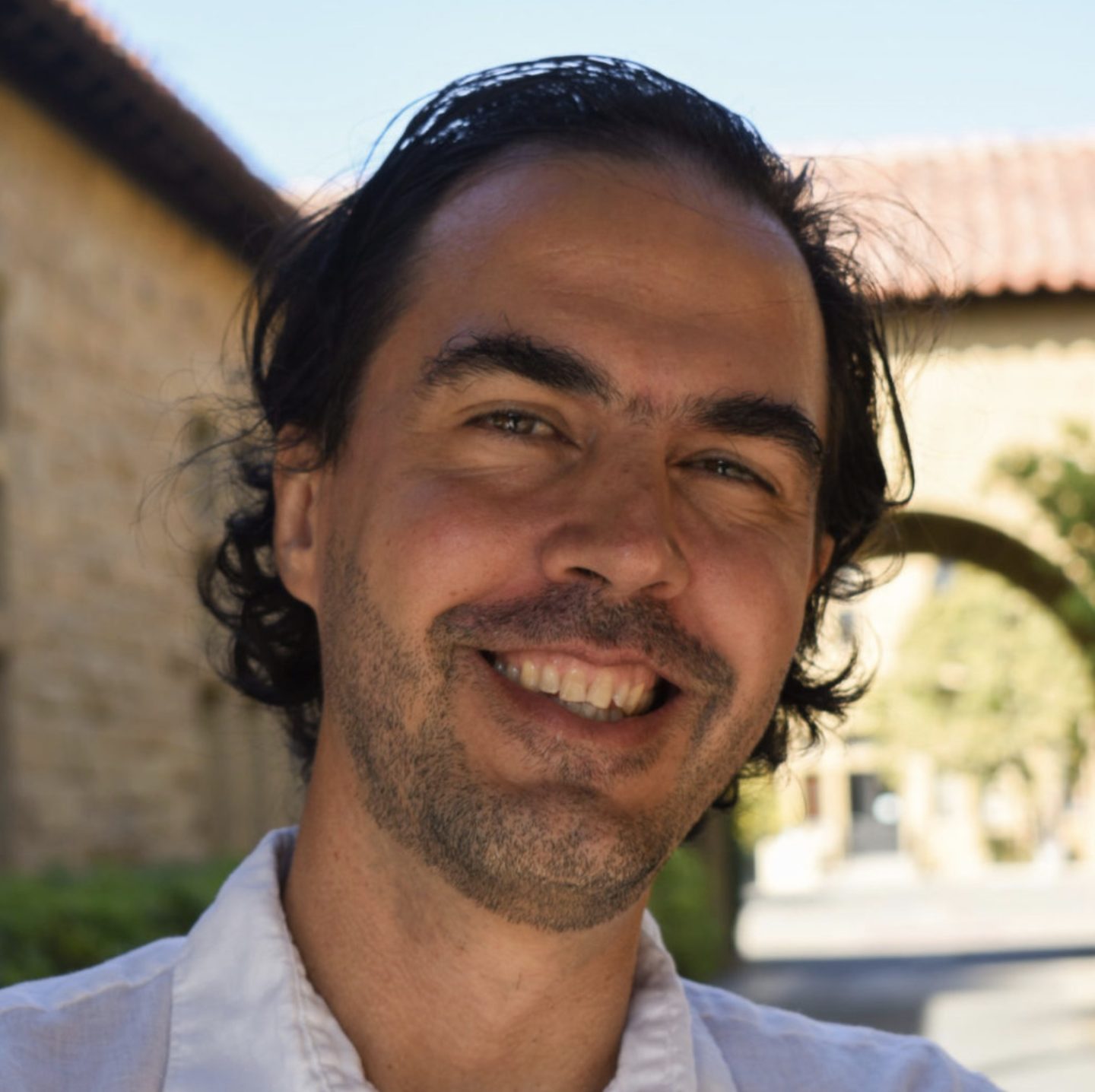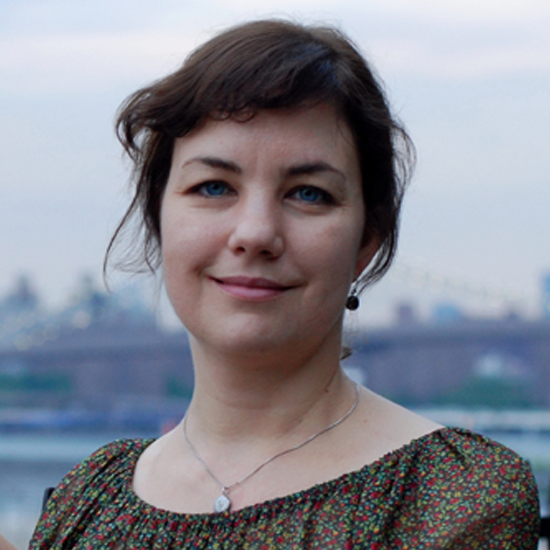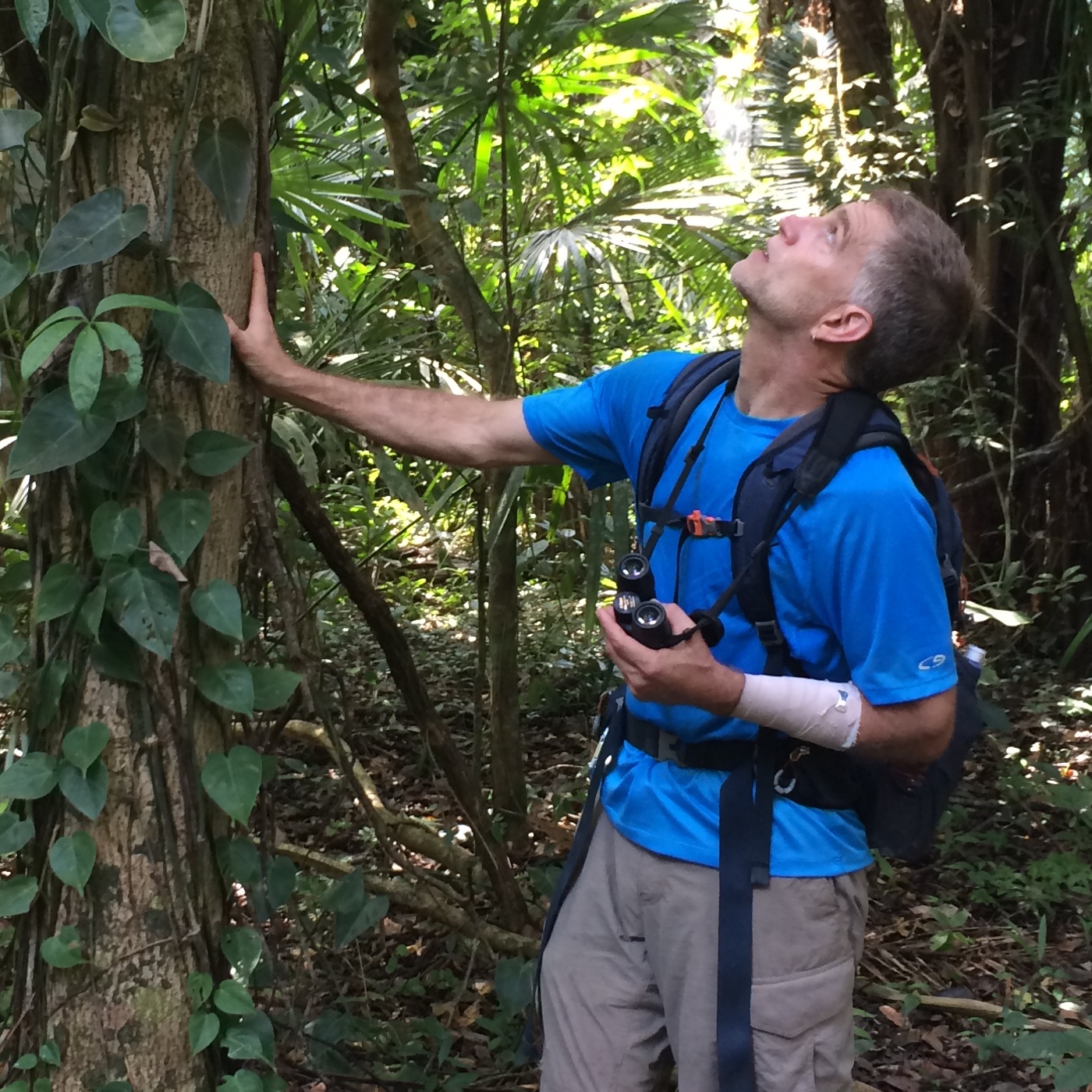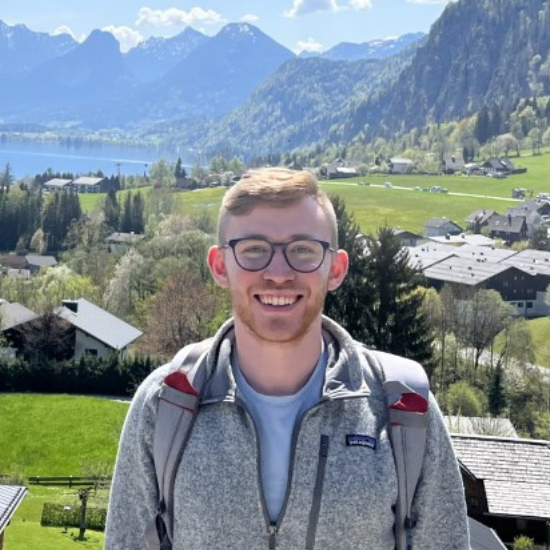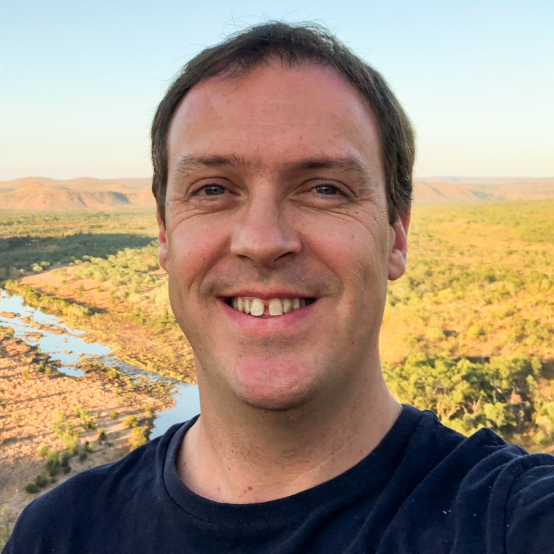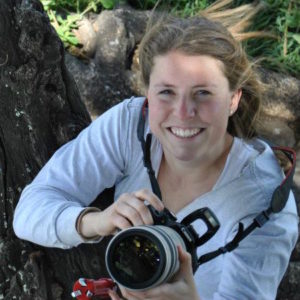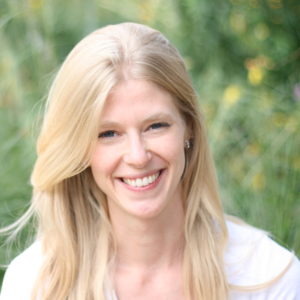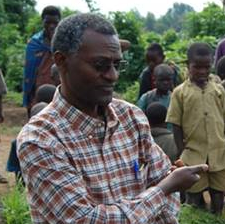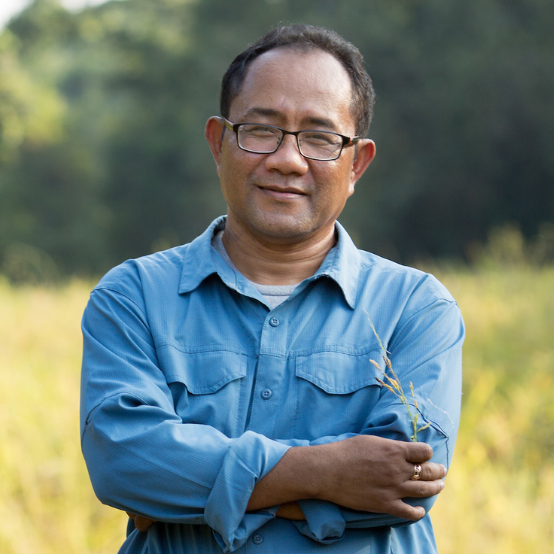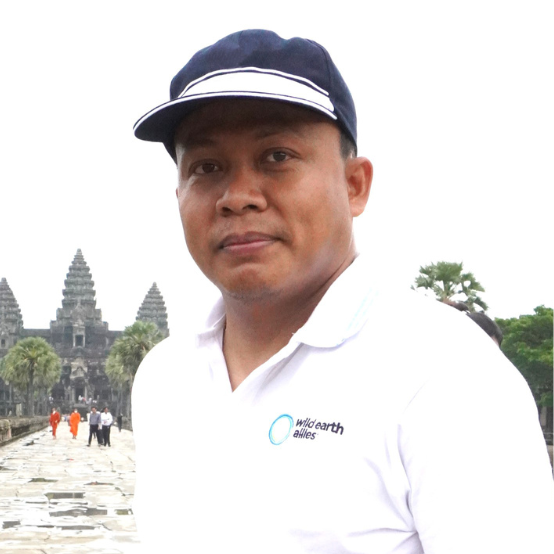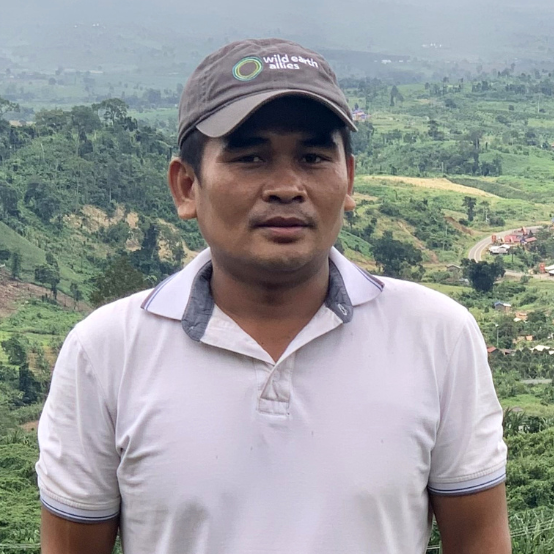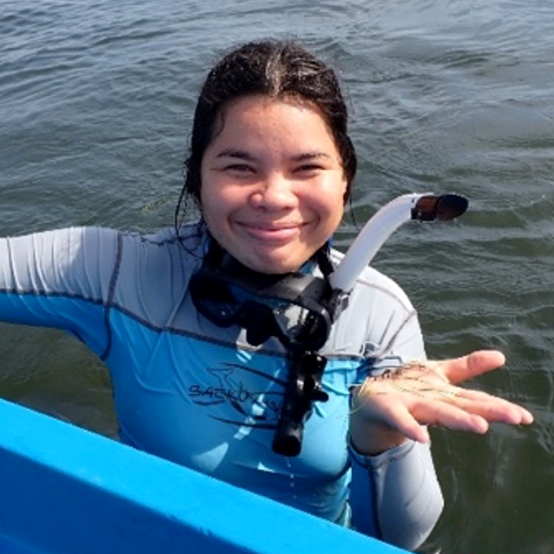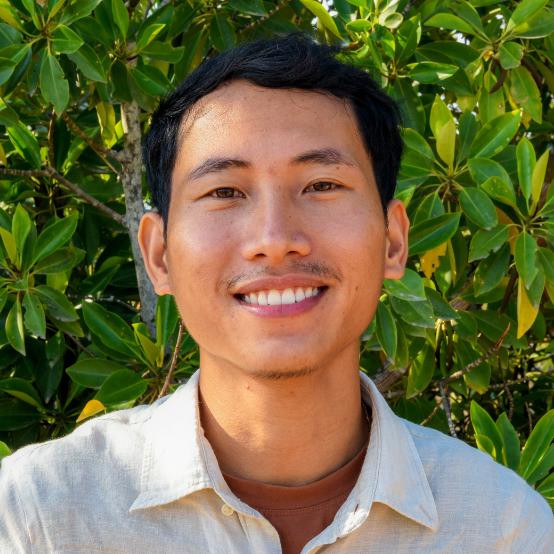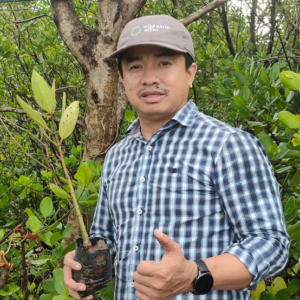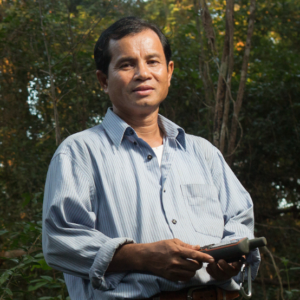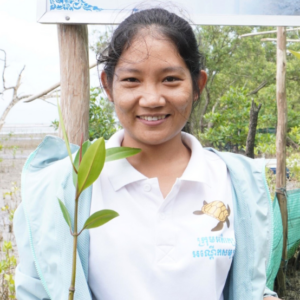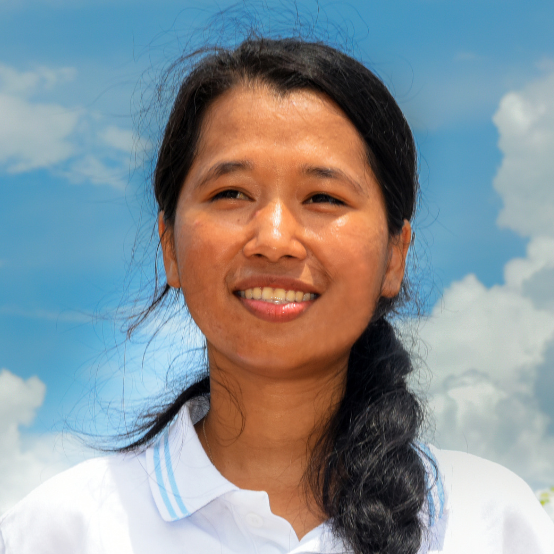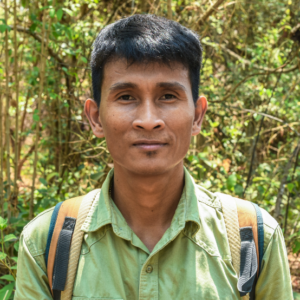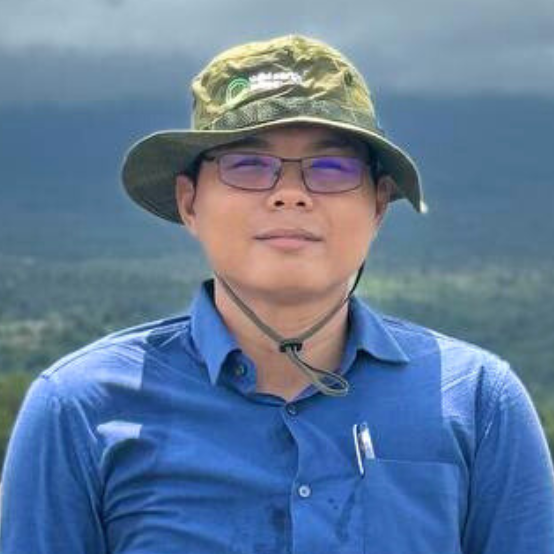High tide, low tide, day or night, ProCosta works relentlessly to protect hawksbill turtles alongside local fishing communities in El Salvador. The country hosts approximately 45% of all hawksbill nesting activity in the eastern Pacific region. Independent photojournalist Allison Shelley captured the following 24-hour snapshot of ProCosta’s work – the love and labor of hawksbill conservation during a record-breaking nesting season.
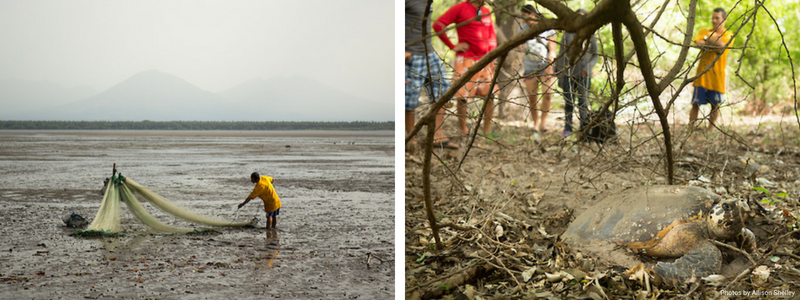
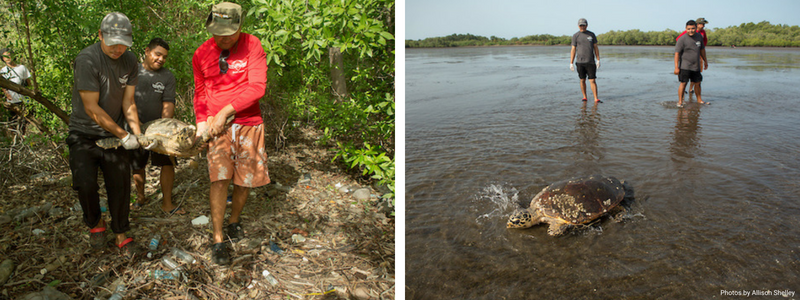 Team members step through trash as they help the nesting hawksbill return to the water (left). She was carried because the tide had lowered dramatically while nesting, necessitating a much longer overland return. Team members watch as the hawksbill returns to the water (right). Pictured left to right: Hatchery Co-manager Milton Maravilla, In-water Monitor and Local Guide Otoniel Benítez, and Program Field Coordinator Neftaly Sánchez.
Team members step through trash as they help the nesting hawksbill return to the water (left). She was carried because the tide had lowered dramatically while nesting, necessitating a much longer overland return. Team members watch as the hawksbill returns to the water (right). Pictured left to right: Hatchery Co-manager Milton Maravilla, In-water Monitor and Local Guide Otoniel Benítez, and Program Field Coordinator Neftaly Sánchez.
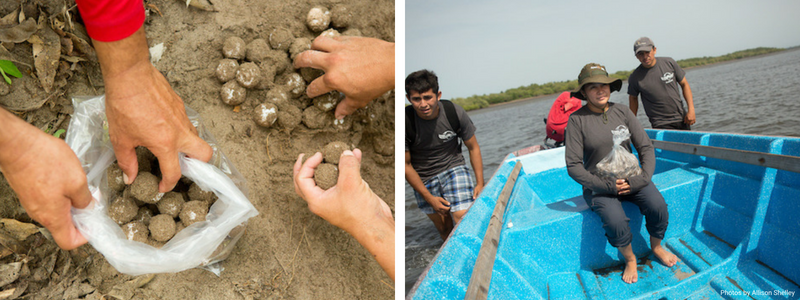 Team members carefully count and bag the clutch of hawksbill eggs laid on El Zope beach, 167 in total, and measure the nest (left). Program Coordinator Sofía Chavarría holds the clutch of eggs while hatchery managers Gilberto Pérez, left, and Milton Maravilla, right, launch their boat. The team is transferring the eggs to the Punta San Juan hatchery to be protected, monitored, and eventually released at the beach where they were laid (right).
Team members carefully count and bag the clutch of hawksbill eggs laid on El Zope beach, 167 in total, and measure the nest (left). Program Coordinator Sofía Chavarría holds the clutch of eggs while hatchery managers Gilberto Pérez, left, and Milton Maravilla, right, launch their boat. The team is transferring the eggs to the Punta San Juan hatchery to be protected, monitored, and eventually released at the beach where they were laid (right).
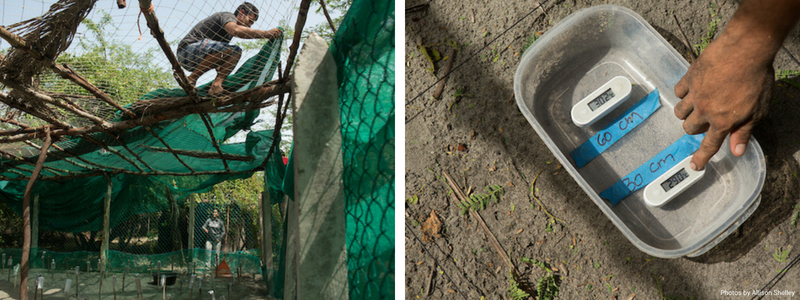 Gilberto Pérez prepares to bury the clutch of eggs at Punta San Juan Hatchery. He drags shade cloth over the mesh roof to regulate sand temperature (left). Hawksbill eggs must be incubated at optimal temperature within a range of just a few degrees to successfully develop. Nest temperature regulates the duration of incubation, determines the sex of the hatchlings, and affects hatchling performance and survival (right). There are currently 139 hawksbill turtle nests protected at the hatchery.
Gilberto Pérez prepares to bury the clutch of eggs at Punta San Juan Hatchery. He drags shade cloth over the mesh roof to regulate sand temperature (left). Hawksbill eggs must be incubated at optimal temperature within a range of just a few degrees to successfully develop. Nest temperature regulates the duration of incubation, determines the sex of the hatchlings, and affects hatchling performance and survival (right). There are currently 139 hawksbill turtle nests protected at the hatchery.
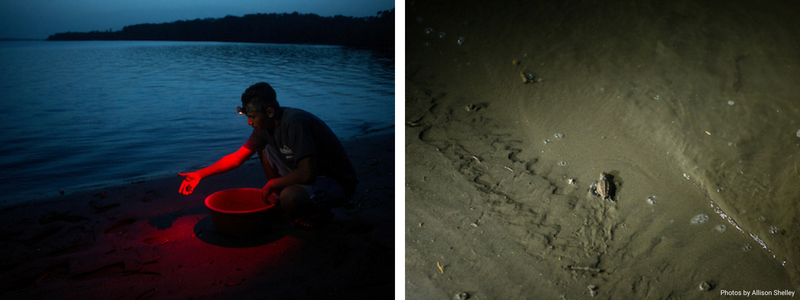 Las Isletas Hatchery Co-manager Isaías Rodríguez prepares to release a newborn hawksbill 24 hours after 89 live hatchlings emerged from the nest and were released. The newborn is one of four live stragglers found by the team and released the same evening (left). A hawksbill hatchling makes its way to the water (right).
Las Isletas Hatchery Co-manager Isaías Rodríguez prepares to release a newborn hawksbill 24 hours after 89 live hatchlings emerged from the nest and were released. The newborn is one of four live stragglers found by the team and released the same evening (left). A hawksbill hatchling makes its way to the water (right).
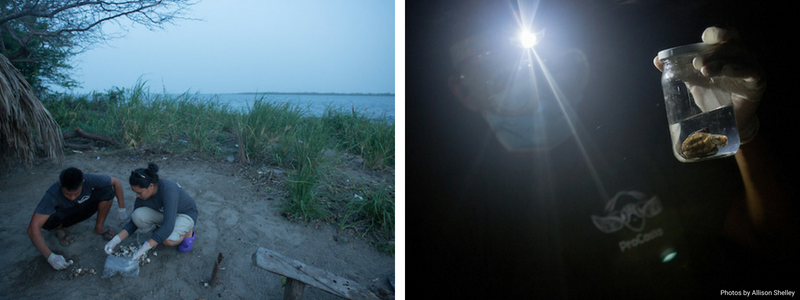 At dusk, Hatchery manager Carlos Baires and Sofía Chavarría examine the remains of a nest after hatchlings were released (left). Baires holds a hawksbill embryo that did not make it through the last stage of development. Data is collected on each clutch to better understand the reproductive success of the turtles and to guide management practices (right).
At dusk, Hatchery manager Carlos Baires and Sofía Chavarría examine the remains of a nest after hatchlings were released (left). Baires holds a hawksbill embryo that did not make it through the last stage of development. Data is collected on each clutch to better understand the reproductive success of the turtles and to guide management practices (right).
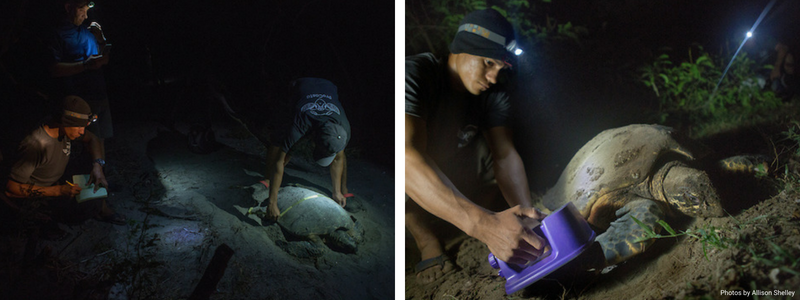 Milton Maravilla measures the carapace of a hawksbill while manager Geovanny Escobar records data (left). Escobar scans a tag previously implanted in the flipper of a hawksbill turtle as she covers her nest after laying a clutch of eggs (right). ProCosta collects the data in an online database to monitor population size, growth rates, and patterns in nesting behavior of the turtles.
Milton Maravilla measures the carapace of a hawksbill while manager Geovanny Escobar records data (left). Escobar scans a tag previously implanted in the flipper of a hawksbill turtle as she covers her nest after laying a clutch of eggs (right). ProCosta collects the data in an online database to monitor population size, growth rates, and patterns in nesting behavior of the turtles.
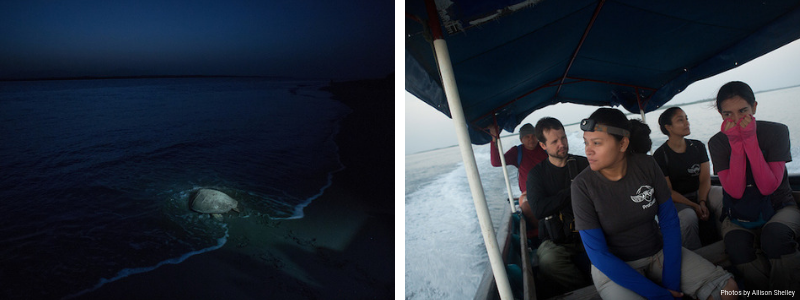 A hawksbill turtle observed near Punta San Juan Hatchery wades into the bay after she has finished nesting (left). Members of the ProCosta team return at dawn from aiding two nesting hawksbills overnight in Jiquilisco Bay (right).
A hawksbill turtle observed near Punta San Juan Hatchery wades into the bay after she has finished nesting (left). Members of the ProCosta team return at dawn from aiding two nesting hawksbills overnight in Jiquilisco Bay (right).
Watch for new stories featuring Allison Shelley’s images on Facebook and Twitter, sign up for our emails, or visit our website. This post is part one of a three-part series on marine turtle conservation.
Follow ProCosta news on Facebook and Instagram.
Wild Earth Allies works with Salvadoran partner ProCosta to protect critically endangered hawksbill turtles at Jiquilisco Bay, one of two primary hawksbill nesting sites in the region. Our collaboration centers on supporting ProCosta’s local hawksbill conservation network, comprised largely of former egg poachers and artisanal fishing communities.

